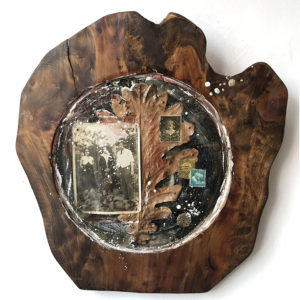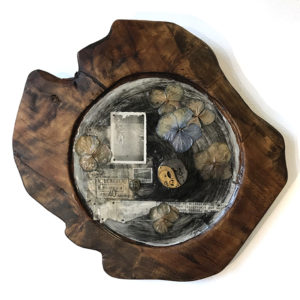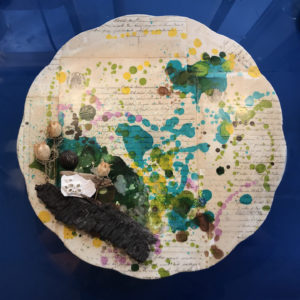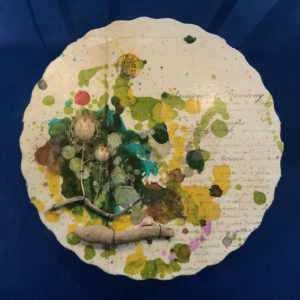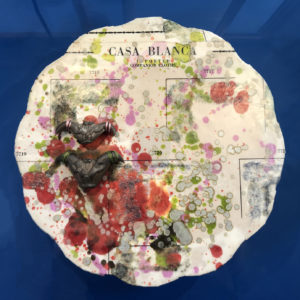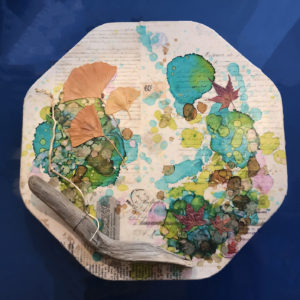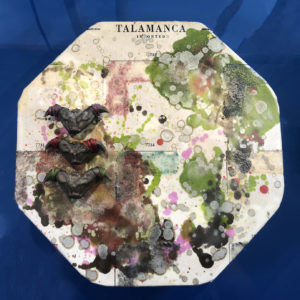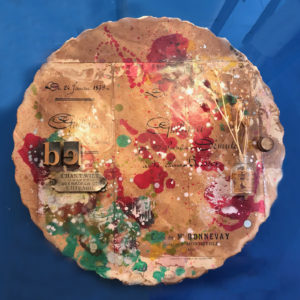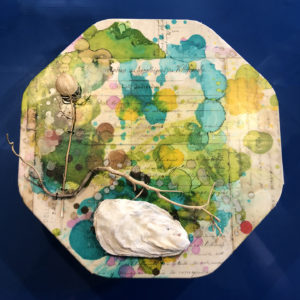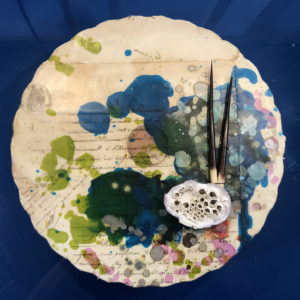Encaustic Assemblage Art
To me assemblage art is a collection of goodness composed in a way that is pleasing to my eye. I collect and use unique things that have served a purpose in life and have been set aside, or left for me to find. Seeing the beauty and master craftsmanship in these items inspires me to create a new home for them, where they can once again be admired and take part in life. I hope that you enjoy these assemblages of my found treasures as much as I enjoyed making them.
Encaustic painting, painting technique in which pigments are mixed with hot liquid wax. Artists can change the paint’s consistency by adding resin or oil (the latter for use on canvas) to the wax. After the paint has been applied to the support, which is usually made of wood, plaster, or canvas, a heating element is passed over the surface until the individual brush or spatula marks fuse into a uniform film. This “burning in” of the colours is an essential element of the true encaustic technique.
Encaustic wax has many of the properties of oil paint: it can give a very brilliant and attractive effect and offers great scope for elegant and expressive brushwork. The practical difficulties of using a medium that has to be kept warm are considerable, though. Apart from the greater sophistication of modern methods of heating, the present-day technique is similar to that described by the 1st-century-CE Roman scholar Pliny the Elder. Encaustic painting was invented by the ancient Greeks and was brought to the peak of its technical perfection by the genre painter Pausias in the 4th century BCE.
Taken from: https://www.britannica.com/art/encaustic-painting
Showing all 10 resultsSorted by latest
-
Dapple Series 9
$225.00 -
Dapple Series 8
$150.00 -
Dapple Series 7
$125.00 -
Dapple Series 6
$225.00 -
Dapple Series 5
$150.00 -
Dapple Series 4
$250.00 -
Dapple Series 2
$150.00 -
Dapple Series 1
$150.00

